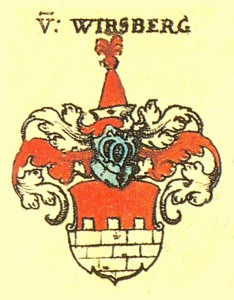 It is easy for us to associate apocalyptic and millennial movements with people who are undergoing social or economic stresses, or suffering hostile treatment of some kind. The idea is that apocalyptic fantasies of divine judgment to be followed by a reversal of fortunes in a millennial setting are a compensatory mechanism. But that’s not necessarily so. Not everyone who experiences the stresses of these kinds embraces an apocalyptic cult; moreover, Stephen L. Cook in his book Prophecy & Apocalypticism lists ten historical millennialist groups or persons from quite well-to-do and relatively comfortable backgrounds. The following come from pages 35 to 40.
It is easy for us to associate apocalyptic and millennial movements with people who are undergoing social or economic stresses, or suffering hostile treatment of some kind. The idea is that apocalyptic fantasies of divine judgment to be followed by a reversal of fortunes in a millennial setting are a compensatory mechanism. But that’s not necessarily so. Not everyone who experiences the stresses of these kinds embraces an apocalyptic cult; moreover, Stephen L. Cook in his book Prophecy & Apocalypticism lists ten historical millennialist groups or persons from quite well-to-do and relatively comfortable backgrounds. The following come from pages 35 to 40.
1. The Free Spirit Brethren
Where: Europe
When: From the thirteenth century onward
What: millennialists
Who: members of privileged strata of society; less affluent members of intelligentsia; from wealthy, well-established family backgrounds; “idle women from the elite of urban society”
 2. The Wirsberg Brothers
2. The Wirsberg Brothers
Where: Europe
When: 1450’s and 1460’s
What: millennialsts
Who: Brothers Janko and Livin of Wirsberg were millennial catalyst figures even though they were rich and powerful

3. Savonarolan millennialism
Where: Florence
When: End of fifteenth century
What: The millennial instruction was taken up as the basis for the civic program of the Florentine republic
Who: Famous civic reformer Savanarola proposed a worldview addressed to political officials, the upper class, as well as the poor.
4. The Franciscan Spirituals
Where: Calabria
When: Twelfth century Continue reading “You Don’t Have to be Deprived, Suffering or Alienated to be an Apocalyptic Nutter”
